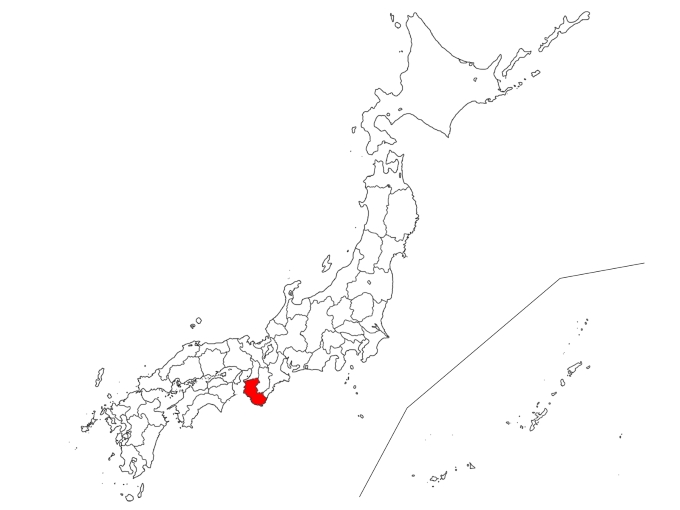Contents
1.Basic Information
The Kumano Sanzan in Wakayama Prefecture consists of Kumano Hongu Taisha, Kumano Hayatama Taisha, Kumano Nachi Taisha, and Seigantoji. These are connected by the pilgrimage route known as Kumano Kodo. Notably, Nachi Falls have received high acclaim both domestically and internationally.
Kumano Hongu Taisha
Kumano Hongu Taisha is one of the Kumano Sanzan and is considered the central shrine of the Kumano deities. Its shrine buildings, made of white wood and featuring hinoki bark roofs, exude a particularly calm atmosphere.
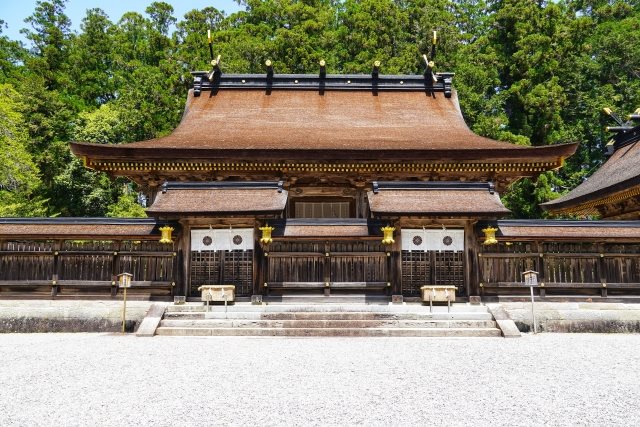
Kumano Hayatama Taisha
The deities of Kumano Hayatama Taisha are the powerful and radiant Hayatamaookami and the god of creation Musubinoookami, a divine couple well-known for their association with matrimonial connections.
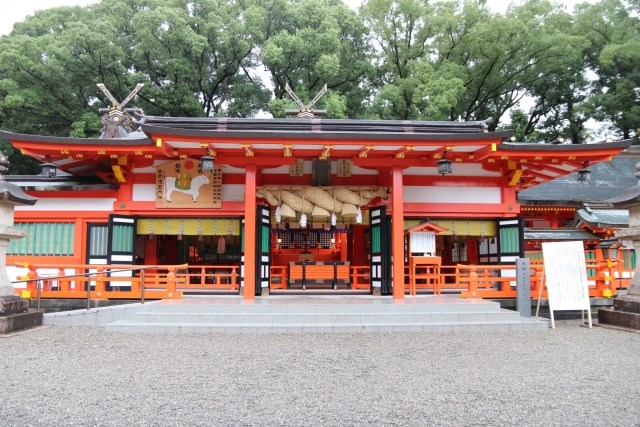
Kumano Nachi Taisha
Kumano Nachi Taisha, together with Kumano Hayatama Taisha and Kumano Hongu Taisha, forms the Kumano Sanzan and has been a focal point of worship for over 1700 years. Its shrine complex at an elevation of approximately 500 meters is accessed by climbing 463 steps and houses six main buildings that enshrine Musubinoookami. Near Seigandoji, Nachi Falls boast the highest drop in Japan, plunging from a height of 133 meters.
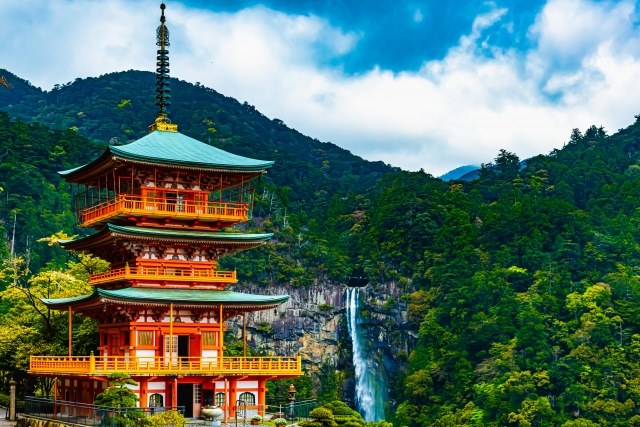
Kongobuji
Koyasan is the head temple of the Shingon sect of Japanese Buddhism, established in the early Heian period by Kobo Daishi. It features numerous attractions, including the country’s largest rock garden “Banryutei”. The expansive and elegant precincts offer a sacred atmosphere for visitors to enjoy.
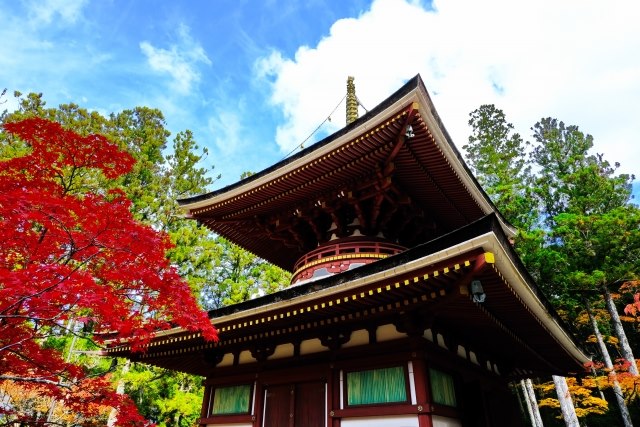
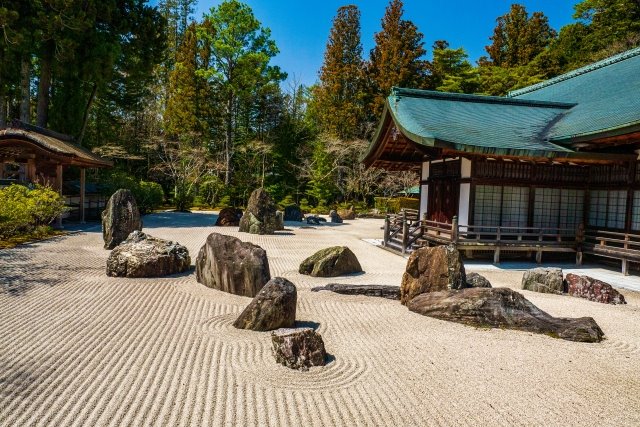
2.Reviews
Wakayama Castle (Wakayamajyou)
Wakayama Castle was originally built in 1585 by Hideyoshi Toyotomi’s brother Hidenaga. Later, Tokugawa Yorinobu, the tenth son of Tokugawa Ieyasu, took residence, making it the castle of the Kishu domain. Alongside Mito and Owari domains, it became one of the three Tokugawa families with a long history.
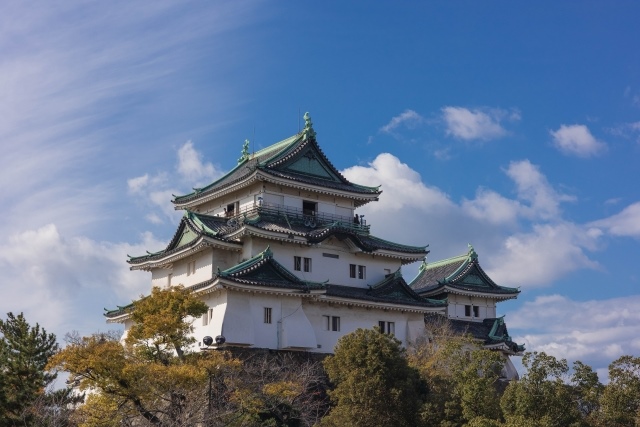
3.Local Food



4.Transportation Information
■ How to get to Kumano Sanzan & Kumano Kodo
Shingu City Tourism Association Official Site (Supports English, Simplified Chinese, Traditional Chinese, and French)
https://www.shinguu.jp/kumanokodo1
■ How to get to Koyasan
Kongobuji Official Site (Supports English and French)
https://www.koyasan.or.jp/
■ How to get to Wakayama Castle
Wakayama Castle Official Site (Supports English, Korean, Simplified Chinese, Traditional Chinese)
http://wakayamajo.jp/riyou/pamphlet.html
5.Map Information
